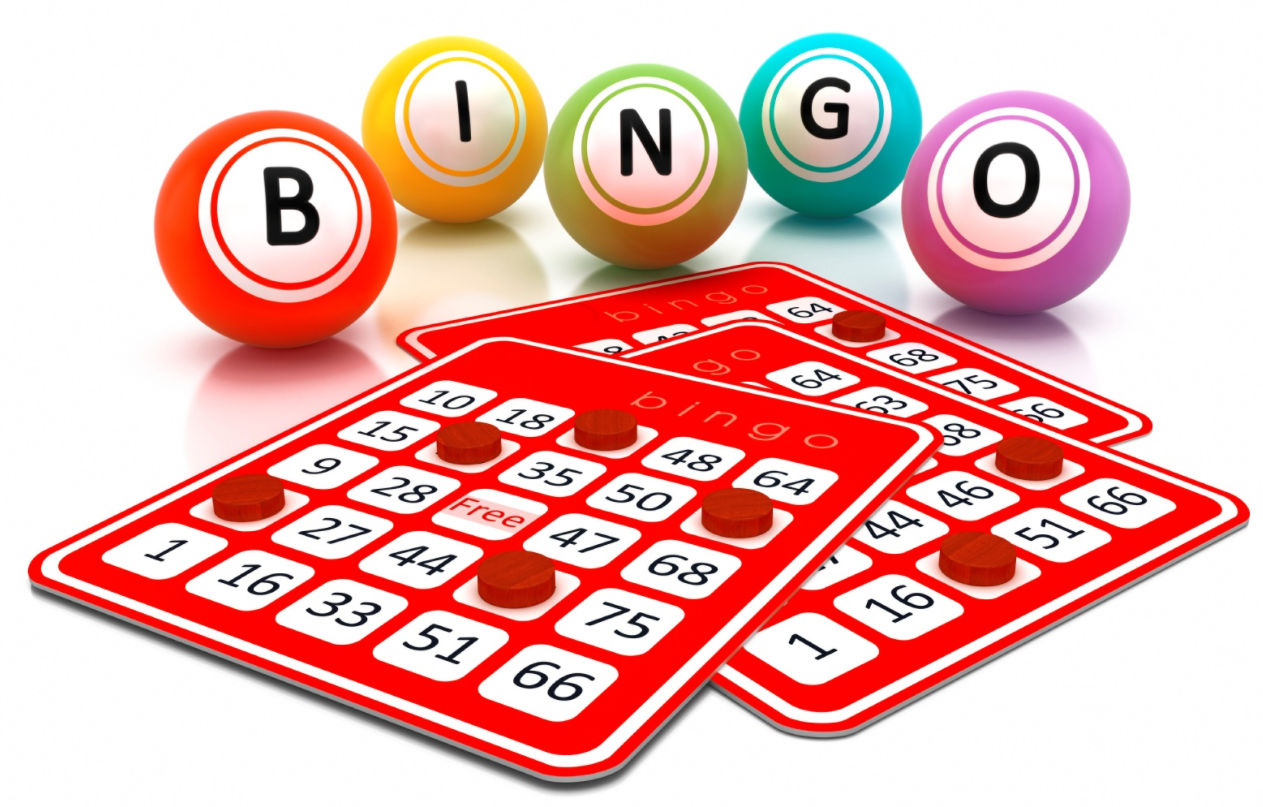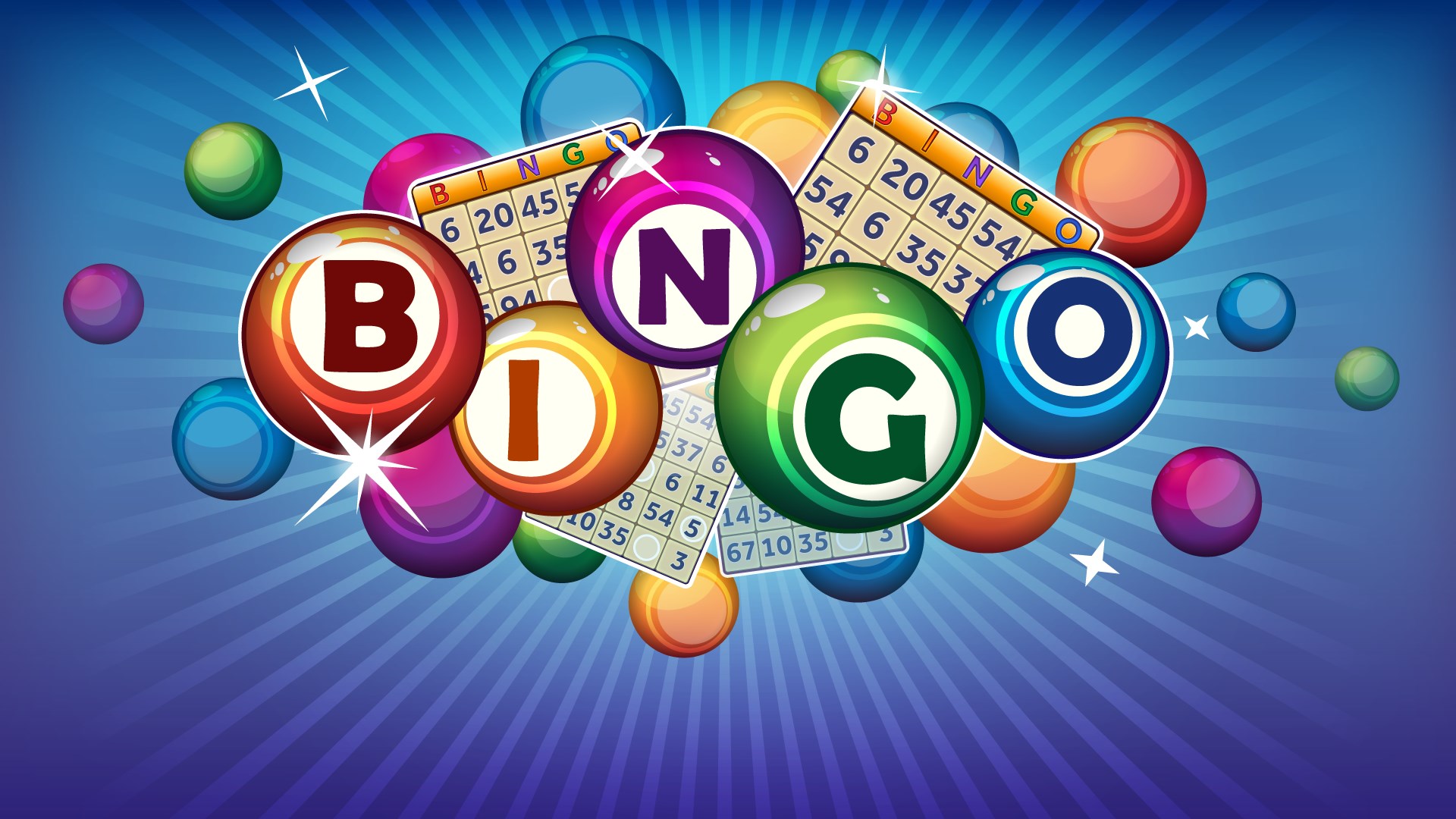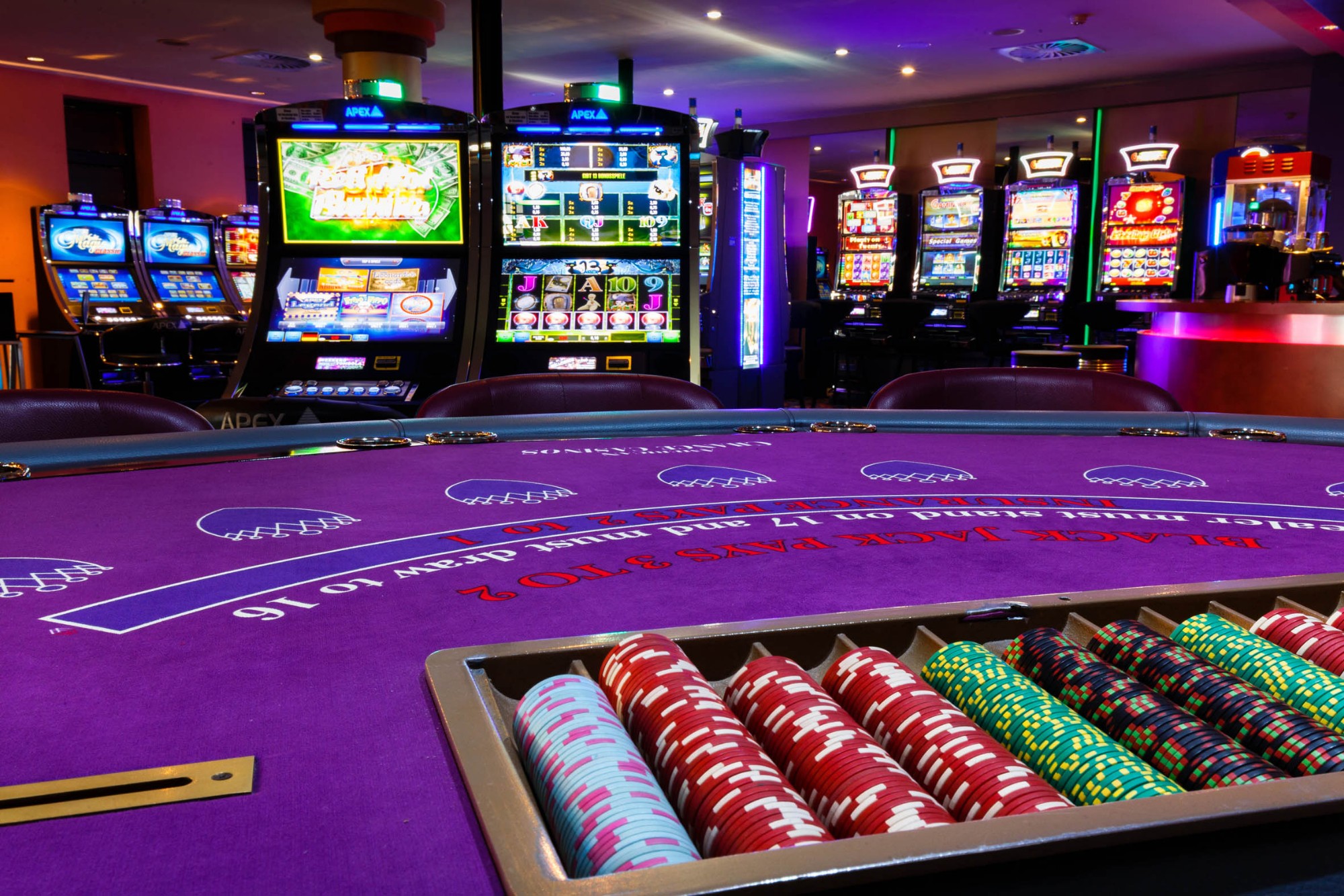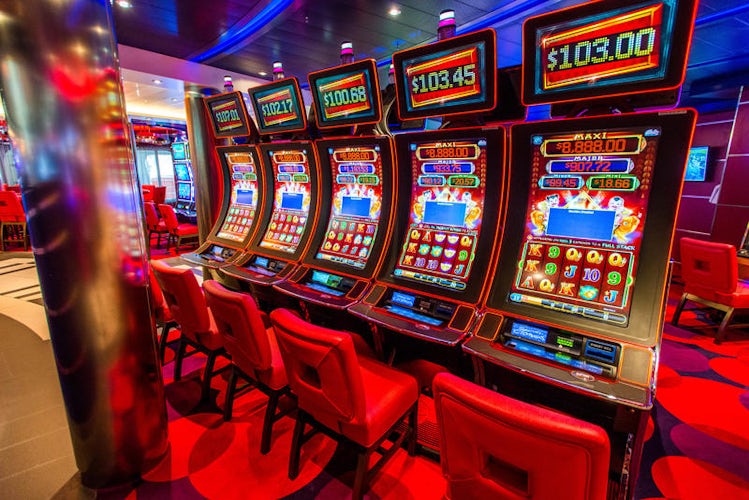Introduction
How To Call Bingo Numbers: Calling bingo numbers is an important role in a game of bingo, whether it’s played in traditional halls or online. The bingo caller takes charge of announcing the randomly drawn numbers, creating an engaging and interactive experience for the players. Effectively calling out the numbers requires clarity, confidence, and attention to detail.
To call bingo numbers, the caller typically follows a specific format. They begin by stating the name of the game and any specific rules or patterns players should be aware of. The caller then randomly draws a ball or generates a number electronically and announces it clearly to the players. They may use a variety of techniques to capture attention, such as emphasizing the number or adding a touch of humor.
The caller continues to draw and announce numbers, giving players enough time to locate and mark the called numbers on their bingo cards. They maintain a steady pace, ensuring a smooth flow of the game while allowing players to keep up with the called numbers.
Additionally, the bingo caller maintains an enthusiastic and engaging demeanor, creating an enjoyable atmosphere for participants. They may interact with the players, encouraging excitement and celebrating winners by congratulating them or acknowledging their achievement.
Calling bingo numbers requires clear communication, attention to detail, and the ability to create an entertaining experience for players. It is a vital role in facilitating the game and ensuring a memorable and enjoyable bingo session for everyone involved.

How fast do you call bingo numbers?
Allow 30 seconds between each call to give people enough marking time. People need time to hear the combination, find it on their score sheets, and then mark it. Don’t call out a new combination too quickly—wait roughly 30 seconds after you’ve called out the letter and number for people to prepare for the next call.
In live bingo games, the caller typically uses a random number generator or a mechanical device with numbered balls to select and announce the numbers. The speed of calling numbers can vary from a moderate pace to a rapid-fire style, depending on factors such as the complexity of the game, the experience level of the players, and the desired level of excitement.
Some bingo games may have a set interval between number calls, allowing players to mark their cards and check for winning combinations. In contrast, other games may have a faster pace, with numbers being called more rapidly, leaving less time for players to react and mark their cards.
In online bingo games, the speed of calling numbers is often predetermined by the game software. The numbers may be automatically called out at a consistent pace, providing players with a fast and streamlined experience.
Ultimately, the speed of calling bingo numbers can vary depending on the specific game format and the preferences of the players and organizers. Whether it’s a leisurely pace or a more fast-paced style, the objective is to create an enjoyable and engaging bingo experience for all participants.
What is the luckiest number in bingo?
Yes, data has it that the luckiest and most frequently called winning number* has in fact been revealed as Tom Mix number 6! When it comes to Bingo, winning is all about luck.
In the game of bingo, there is no universally agreed-upon “luckiest” number. The outcome of bingo is based on chance and relies on the random selection of numbers. Each number has an equal probability of being called, and luck is not influenced by any specific number.
However, it is worth noting that players may have personal preferences or superstitions associated with certain numbers, considering them lucky or significant. These beliefs often vary among individuals and can be based on cultural, personal, or even random factors.
For example, some players may consider the number 7 lucky due to its cultural significance in many societies. Others might find luck in numbers that hold personal meaning to them, such as birthdays, anniversaries, or numbers associated with positive experiences.
Ultimately, the concept of luck in bingo is subjective and varies from player to player. While specific numbers may hold personal significance or be deemed lucky by some individuals, the game itself relies on random chance rather than any particular number having inherent luck.
In the end, bingo is a game of probability and enjoyment, where luck can be found in the excitement of playing, the social interaction, and the thrill of anticipation as numbers are called, rather than in any particular number itself.
What is Lucky 7 pattern in bingo?
What is a Lucky 7? A Lucky 7 Bingo bet is named after the pattern made on the betting slip. There are 7 selections in a 3×3 grid with two squares left empty. It is made up of 1 sevenfold, 1 fivefold, 2 trebles and 9 doubles.
The “Lucky 7” pattern in bingo refers to a specific arrangement of numbers on a bingo card that resembles the number 7. It is a popular pattern often used in bingo games, particularly in variations where players need to complete a specific pattern to win.
To achieve the Lucky 7 pattern, players must mark off numbers in a particular configuration on their bingo cards. The pattern consists of marking off all the numbers in the following areas:
1. Vertical line: Mark off all the numbers in the first column (B column) from top to bottom.
2. Horizontal line: Mark off all the numbers in the bottom row (O row) from left to right.
3. Diagonal lines: Mark off the numbers from the top left corner (B1) to the bottom right corner (O5), and from the top right corner (B5) to the bottom left corner (O1).
Once a player has marked off all the required numbers to form the Lucky 7 pattern on their card, they can call out “Bingo!” to indicate they have won that particular game.
The Lucky 7 pattern adds an element of excitement to the game, as players watch for the numbers to be called that will help them complete the pattern. It is one of many popular patterns used in bingo and contributes to the variety and enjoyment of the game.
What numbers are in bingo?
Bingo cards
A typical bingo game utilizes the numbers 1 through 75. The five columns of the card are labeled ‘B’, ‘I’, ‘N’, ‘G’, and ‘O’ from left to right. The center space is usually marked “free” or “free space”, and is considered automatically filled.
In a traditional game of bingo, the numbers used typically range from 1 to 75. Each number is represented on a bingo card, which consists of a grid of squares.
The numbers are divided into groups according to the letters of the word “BINGO.” The B column contains numbers 1-15, the I column contains numbers 16-30, the N column contains numbers 31-45 (with the center square often left empty or marked as a free space), the G column contains numbers 46-60, and the O column contains numbers 61-75.
Here’s a breakdown of the number ranges for each column:
- B column: Numbers 1-15
- I column: Numbers 16-30
- N column: Numbers 31-45
- G column: Numbers 46-60
- O column: Numbers 61-75
The numbers are randomly drawn and called out by a bingo caller during the game. As the numbers are called, players mark off the corresponding numbers on their bingo cards. The goal is to complete a predetermined pattern or cover all the numbers on the card (known as a “blackout” or “coverall”) to achieve a winning combination.
It’s important to note that there can be variations in the number range used, especially in online or electronic bingo games. Different bingo variations may use different sets of numbers or different ranges to create unique gameplay experiences.
What is 5 number bingo?
A set of bingo cards to match numbers of 5-digit numbers in words and digits.
In 5 number bingo, also known as “Speed Bingo” or “Five-in-a-Row,” players aim to be the first to mark off five numbers in a row on their bingo card. The row can be horizontal, vertical, or diagonal.
Each player is typically given a bingo card with a 5×5 grid containing random numbers. The numbers are usually chosen from a specific range, such as 1 to 75 in traditional bingo or 1 to 90 in some variations. The center square is often marked as a free space and considered already filled.
Once the game begins, numbers are called out randomly by a bingo caller or generated by a computer program. Players mark off the called numbers on their cards, and the objective is to be the first to complete a line of five numbers in a row.
The row can be formed horizontally (across), vertically (down), or diagonally. As soon as a player achieves this pattern, they call out “Bingo!” to indicate their win. The game then pauses to verify the winning card, and a new round may begin with a fresh set of cards.
5 number bingo is known for its fast-paced nature, providing quick and thrilling gameplay. It is often favored in settings where rapid rounds and frequent wins are desired, offering an energetic and dynamic bingo experience.
What techniques can a bingo caller use to capture the attention of players when calling out numbers?
A bingo caller can employ various techniques to capture the attention of players when calling out numbers. Here are some effective techniques:
1. Enthusiastic tone: A lively and enthusiastic tone of voice can instantly grab the attention of players. Injecting excitement and energy into the announcements can create a more engaging atmosphere.
2. Clear enunciation: The caller should articulate the numbers clearly and ensure they are easily understandable. Speaking with clarity and proper pronunciation helps players quickly recognize and mark the called numbers on their cards.
3. Variation in delivery: Adding variety to the delivery can help maintain players’ interest. The caller can experiment with different styles, such as using a melodic tone, incorporating playful accents, or even employing catchy phrases associated with specific numbers.
4. Humor and storytelling: Injecting humor or storytelling into the announcements can captivate players’ attention and create a sense of entertainment. Sharing amusing anecdotes related to certain numbers or using witty wordplay can add a fun element to the calling process.
5. Visual cues or props: Incorporating visual cues or props can enhance engagement. For instance, using a large bingo ball display, colorful visuals, or themed props can make the calling experience more visually appealing and captivating.
By utilizing these techniques, a bingo caller can create an engaging and entertaining environment, ensuring that players remain attentive and enthusiastic throughout the game. The goal is to enhance the overall experience and make calling out the numbers an enjoyable part of the bingo session.

How should a bingo caller maintain a steady pace while allowing players to keep up with the called numbers?
Maintaining a steady pace as a bingo caller is crucial to strike a balance between keeping the game moving and allowing players to keep up with the called numbers. Here are some tips for achieving this balance:
1. Clear pauses: After calling out a number, allow a brief pause to give players enough time to locate and mark the called number on their bingo cards. This pause ensures players can catch up without feeling rushed.
2. Consistent rhythm: Establishing a consistent rhythm in calling out the numbers helps players anticipate when the next number will be announced. It allows them to stay focused and be prepared for the next call.
3. Adequate repetition: Repeat each called number once or twice to ensure all players have a fair opportunity to hear and mark the number. This repetition allows those who may have missed a number the chance to catch up.
4. Monitor the room: Keep an eye on the players and gauge their pace. If you notice that the majority of the players are still marking their cards, slow down the calling slightly to accommodate their progress. Conversely, if most players are ready for the next number, you can maintain a slightly faster pace.
5. Provide reminders: Occasionally remind players of the current pattern or any special rules to help them stay focused and engaged. This reinforces the game’s flow and keeps players in tune with the progress.
By being mindful of the players’ needs and finding the right balance between pace and allowing players to keep up, a bingo caller can create a smooth and enjoyable experience for everyone involved.
What are some tips for effective communication and clear enunciation when calling bingo numbers?
When it comes to effective communication and clear enunciation as a bingo caller, here are some tips to consider:
1. Speak clearly and confidently: Project your voice and speak clearly, ensuring that each number is articulated distinctly. Maintain a confident tone to convey authority and clarity.
2. Emphasize important digits: When announcing multi-digit numbers, emphasize the crucial digits to help players differentiate them. For example, emphasize “three” in “thirty-three” or “seven” in “seventy-seven.”
3. Enunciate letter-number combinations: If your bingo game involves letter-number combinations, such as “B12” or “N41,” be sure to enunciate both the letter and the number distinctly to avoid any confusion.
4. Pace yourself: Find a comfortable and steady pace that allows players to process the called numbers without feeling rushed. Avoid speaking too quickly, which can make it difficult for players to keep up.
5. Use phonetic clarity: Some numbers may sound similar when pronounced, such as “54” and “52.” To avoid any confusion, use phonetic clarity by emphasizing the distinct sounds of each number, such as “fifty-four” and “fifty-two.”
6. Minimize distractions: Ensure that your voice is the primary focus during number announcements. Avoid speaking too close to the microphone or other sources of background noise that could interfere with clear communication.
7. Take breaks: Periodically pause to give players time to mark their cards and process the called numbers. This allows for smoother gameplay and reduces the chances of missing a called number.
By implementing these tips, you can enhance your communication skills as a bingo caller, ensuring that players can easily understand and mark the called numbers on their cards. Clear enunciation and effective communication contribute to a seamless and enjoyable bingo experience for all participants.

Conclusion
Calling bingo numbers is a crucial aspect of conducting a successful and enjoyable game of bingo. It involves more than simply announcing random numbers; it requires effective communication, organization, and the ability to engage and entertain players.
A skilled bingo caller understands the importance of clear and concise communication. They enunciate each number clearly, ensuring that players can hear and understand the called numbers. They maintain an appropriate volume and pace, allowing participants to mark their cards accurately without feeling rushed.
Organization is key in calling bingo numbers. The caller should have a reliable system for selecting random numbers, whether it’s using balls in a cage, a random number generator, or any other approved method. They keep track of the called numbers to avoid repetition and ensure a fair game.
Furthermore, a great bingo caller knows how to engage and entertain the players. They may add a touch of humor or excitement to their announcements, creating a lively and enjoyable atmosphere. Interaction with the players, such as congratulating winners or involving them in the process, enhances the overall experience.
Calling bingo numbers is an art that combines clear communication, organization, and entertainment value. A skilled and engaging bingo caller can contribute significantly to the success of the game, fostering a fun and memorable experience for all participants.










